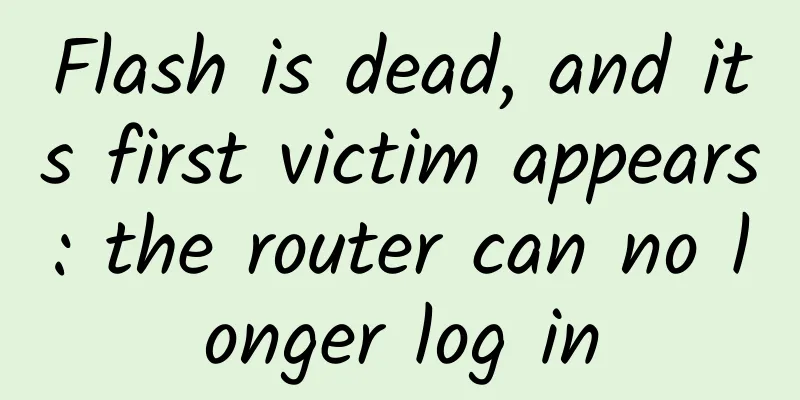Is Matter worth the wait?
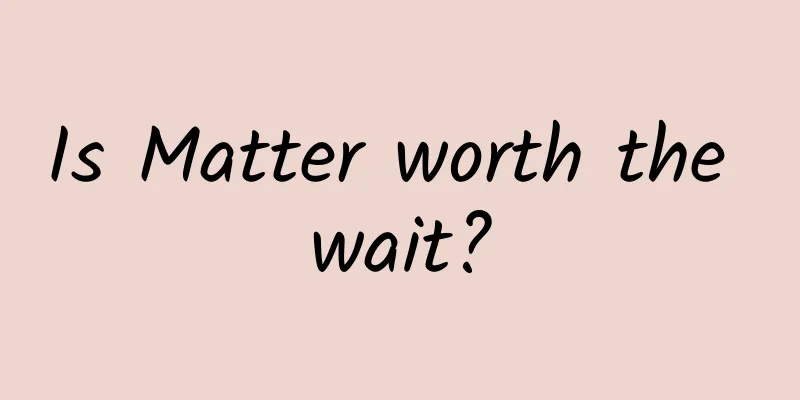
|
An ambitious new smart home networking standard is on the horizon. It's called Matter, and it promises to make connections between your various smart lights, smart speakers, smart TVs, smart cameras, and smart sensors more stable and seamless. Thread, a new wireless format that works well with Matter, has already trickled down to a number of products, but it's far from ubiquitous. For those looking to drag their homes into the future, is it worth waiting until Matter is released before investing in new gear? What is Matter?Matter is a way for your home devices to talk to each other. It is built as a mesh network, so communication does not rely on a single central node, such as a Wi-Fi router. This helps solve network coverage issues in larger homes, while also providing flexibility for device replacement and expansion. If one device leaves, alternative communication paths are quickly established through various IP-based networks. Thread networks still require so-called border routers to orchestrate their connections, but this function is not a separate piece of hardware but is bundled with some devices. What is the difference between Matter and Thread?Thread is one of the main underlying technologies that the Matter standard is built on. But it's not the only one, mind you. Time-tested Wi-Fi and Ethernet will also be involved in connecting Matter devices together, while Bluetooth can help with the initial connection and as a backup. What Matter does is serve as a common network foundation for the connected home platforms we know, such as Google Home and Apple HomeKit. With this shared foundation, devices from multiple manufacturers can easily connect to each other, at least that's the promise of Matter. Why should I use Matter devices in my home?The main reason for interest in Matter in the home is interoperability. If you have smart home devices from multiple manufacturers, and from phones, tablets, and PCs that are also from different types, they don’t always work well together. In theory, Matter should offer more consistency despite the wide range of platforms in use. Thread, while separate from Matter, should be able to provide access over longer distances and even support low-power devices that don't need to be plugged into an outlet. Mesh networks should also provide more stable connections due to the additional redundancy. When can you use Matter?Although new devices have supported Thread for more than a year, we won’t see the official release of the Matter standard until this fall. Of course, it’s hard to say at the moment because it has been delayed twice. So should we wait until Matter is released before buying new devices?Normally, since we are just entering the fall, we should wait until Matter is fully launched before purchasing. Of course, this assumption is based on the current schedule of the Connection Standards Alliance, and the possibility of another delay this time is relatively small. While some manufacturers have been supporting Matter for a long time, it will take a few years for it to be fully adopted. Google, Samsung, Apple, and many other big companies support Matter, so at the very least, we can expect devices from these manufacturers to support it. Among other device brands, we can expect gradual and widespread adoption, following their lead. Therefore, when Matter is officially released, its impact will not be too obvious, after all, it will take time. So if you want, buy smart devices that have been confirmed to support Matter in the future. Software updates can also make them compatible with Matter via Wi-Fi in the future. |
<<: Let’s talk about connecting industrial protocols and the cloud
>>: Without 5G performance guarantees, can operators fully exploit this opportunity?
Recommend
How 5G will revolutionize healthcare
Today, the development of 5G technology (fifth-ge...
Spectrum analysis of the four major 5G operators in China, who has the best resources?
As we all know, starting from 5G, the country has...
"One arrow is easy to break, but ten arrows are hard to break" - From single link to MC-LAG
"It is easy to break one arrow, but difficul...
CloudCone Chinese New Year Special Package, Los Angeles 1G memory VPS annual payment starts from $13.5
CloudCone has launched several special packages f...
Millimeter wave is imperative to unleash the full potential of 5G!
As my country's 5G network construction scale...
Example: How to plan IP addresses for a large-scale monitoring network system?
For monitoring projects, many faults are caused b...
How will 5G and edge computing develop in 2020?
At the beginning of the new year of 2020, there w...
Thoughts and insights on cloud resource orchestration
[[414382]] 1. Background On July 9, 2018, I joine...
It’s 2021, and you’re still confused about the `IEnumerator` and `IEnumerable` interfaces?
[[375509]] This article is reprinted from the WeC...
Overview of Telecommunications Industry Development in 2017
The telecommunications industry is a hot field th...
After three years of preparation, China Radio and Television's entry into 5G has its advantages and disadvantages
After 14 years of "three-kingdom melee"...
5G base stations, intelligent energy storage system is the key
Large-scale 5G construction has begun. As the bas...
Veteran Network Engineer: Talking about Several Typical Deployments and Practices of SD-WAN
A few days ago, I talked with my colleagues about...
Can 5G save operators from negative growth at the beginning of the year?
Although work has not yet been fully resumed, the...
The emerging industries brought by 5G have exploded, creating so many new jobs, so there is no need to worry about unemployment
I have had my driver's license for more than ...
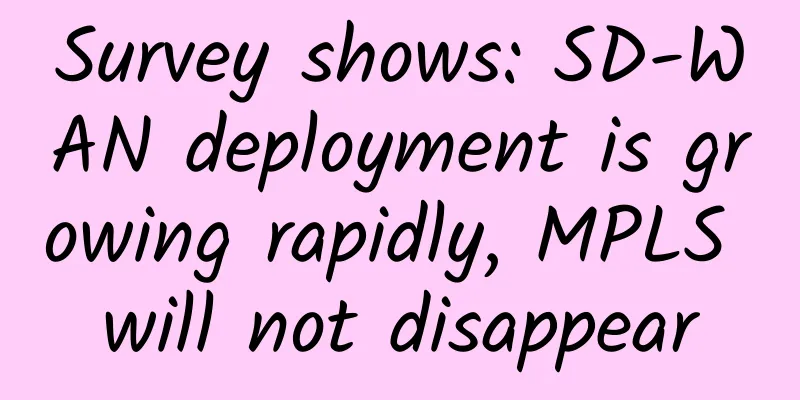
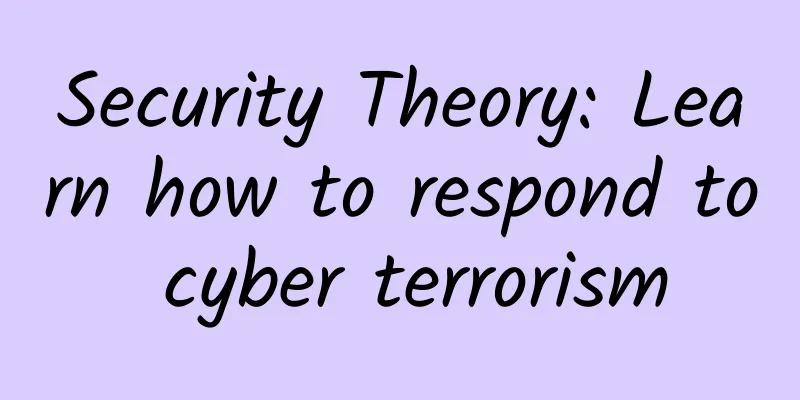
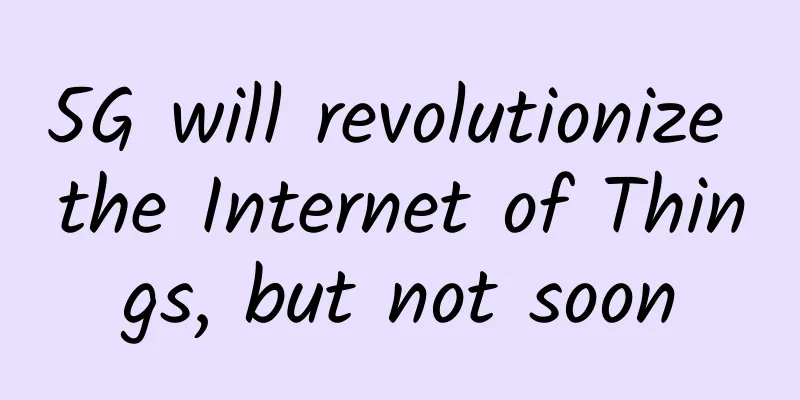
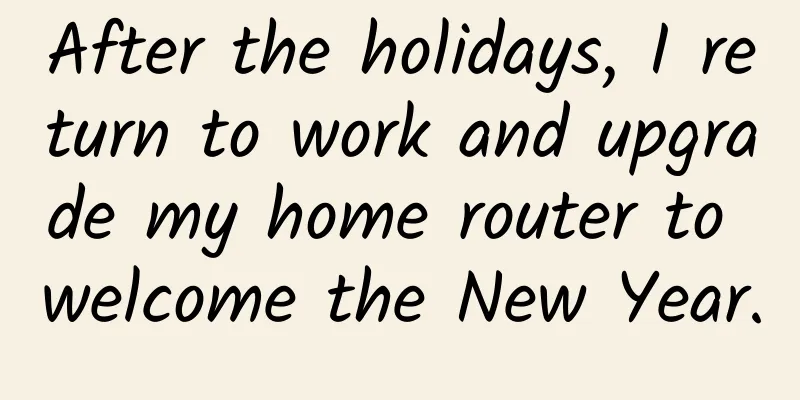
![[Black Friday] HostKvm Hong Kong Signature VPS is permanently 40% off, top up $50 and get $5 free](/upload/images/67cac22cabdbc.webp)



